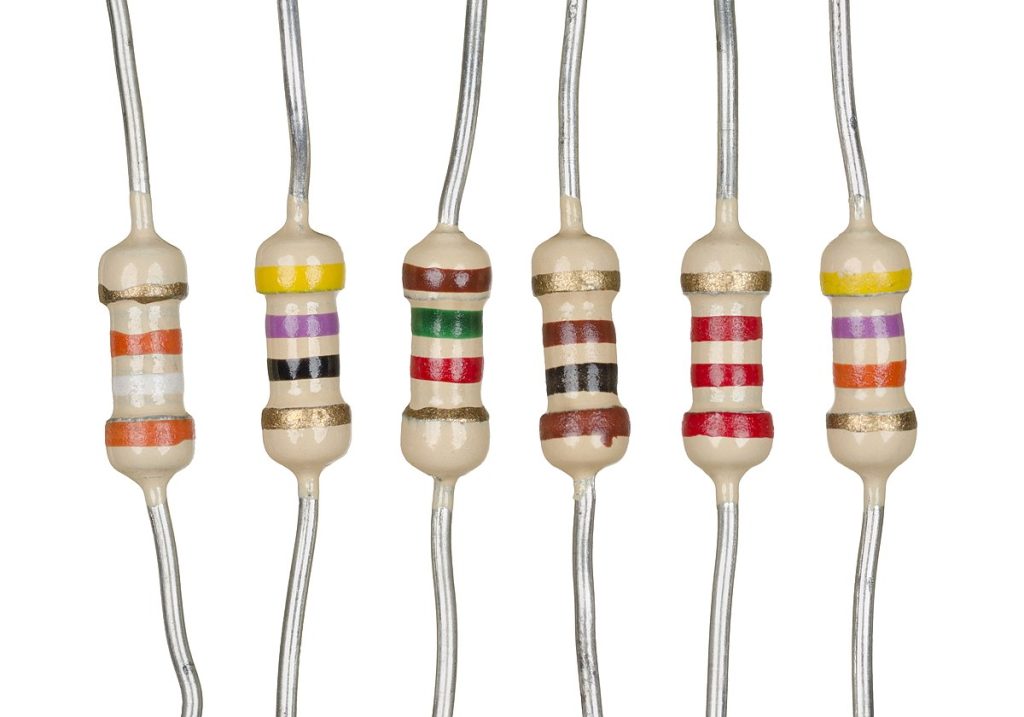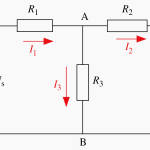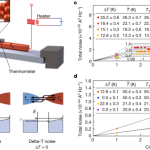If a circuits contains only resistors possibly in a combination of parallel and series connections then an equivalent resistance is determined. Then Ohm’s Law is used to determine the current flowing in the main circuit. A combination of voltage and current divider rules are then used to solve for other required currents and voltages.
(a)
(b)
(c)
Figure 1: Simple circuits series circuits.
The circuit in Figure 1 (a) is very simple if we are given R and V, the voltage of the source, then we use Ohm’s Law to solve for the current. In Figure 1 (b) if we are given R1, R2 and V then we combine the resistor into an equivalent resistors noting that are in series. Then we solve for the current as before using Ohm’s Law. In Figure 1 (c) if the resistors are labelled clockwise from the top resistor R1, R2 and R3 and the voltage source has the value: V. The analysis proceeds as follows.
This is the formula for calculating the equivalent resistance of series resistor. The current is now calculated using Ohm’s Law.
If the voltage is required across the third resistor then we can use voltage divider rule
Or alternatively one could use Ohm’s Law together with the current just calculated.


